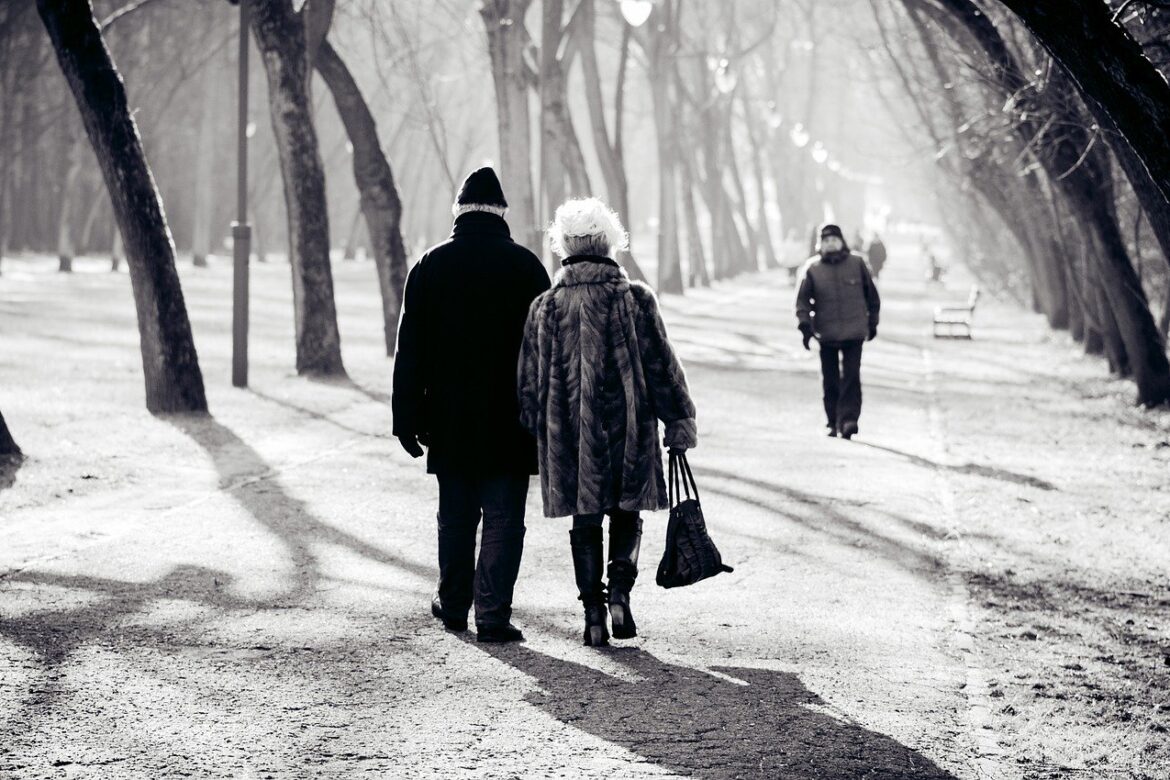Preparing for the winter months is the best way to stay safe and injury-free! Here are a few tips to help you stay healthy this winter season.
1. Invest in a good pair of winter boots
Having a good tread and non-skid soles is essential, especially when sidewalks and parking lots get slippery. It is also necessary to make sure your feet remain warm when outside in the winter months. Having a good pair of winter boots that can withstand zero temperatures is helpful. As we age, our circulation decreases, and our extremities (our hands and feet) get cold faster, which can lead to frostbite and hypothermia. By wearing proper footwear, you are taking the right steps to stay safe and warm. Another tip to think about is to make sure you take off wet boots or shoes immediately once you get inside your house. Wet shoes or boots can track ice and slush into your home, which may cause slippery conditions later.
2. Walk like a penguin
You may feel silly shuffling across the ice, but the safest way to walk across the ice is like a penguin. Extend your arms out to your side to help you keep your balance and lower your center of gravity. Keep your knees slightly bent and your weight over your front foot. It will feel more like you are shuffling side to side as you move forward. This technique is safer than taking longer strides as we might on drier surfaces. Although it is cold, keep your hands out of your pockets when walking and moving around. If you do end up falling, your arms will be available to brace your fall. Wear gloves to keep your hands warm instead.
3. Don’t go out unless you need to when it is icy and snowy.
Even when the pavement is wet in appearance, there could be black ice lurking. Salting walkways and frequently used stairs into and out of your house will help prevent slippery conditions that could lead to falls.
4. Light shoveling
Make sure to pace yourself when shoveling, push, don’t lift snow, and take frequent rest breaks. When it is cold, and you are working outside, your heart has to work overtime. Be mindful of this and take regular breaks. Try to keep your shovel light with snow and use a snowblower when possible for more substantial and higher snowfall amounts of snow.
5. Check the tips of your cane if you have one
Also, replace worn-out rubber tips of canes, walking sticks, and walkers. It will be of little use to you when walking with it if it cannot grip the ground.
6. Stay Active
Although you have limited availability for outdoor activity due to the winter season, there are ways to keep moving within your house. Try a new workout app, add a seated exercise program to your routine, begin a resistance band exercise program, or invest in a recumbent bicycle, treadmill, or elliptical to keep your body moving during the winter months. Not only will the endorphins help you beat the winter blues, but you also won’t feel deconditioned when springtime comes.

